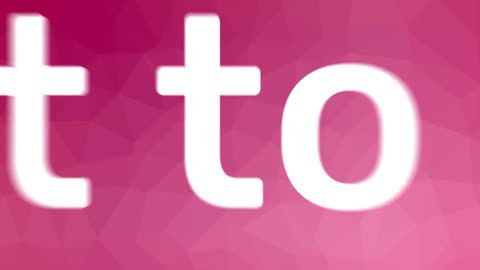According to a study conducted in a Tertiary Care Hospital in Pune in 2016, the average waiting time for a patient in the OPD was 60 minutes. Another international study on consulting time, published in medical journal BMJ Open says that the average time a doctor spends with a patient in India is a mere two minutes. This means that a patient waits an average of an hour for a consultation that lasts two minutes.
This state of affairs naturally reflects badly on the Indian healthcare system. However, new developments in data science can help greatly improve this situation. New hospital management software programs, basically apply predictive analysis to improve planning and execution of key care-delivery processes.
Resource management is the chief among them. Hospitals and clinics can purchase and apply this software with professional business loans for doctors, to significantly reduce reduce patient waiting time, and not just in the OPD.
Here are a few ways that data science can reduce patient waiting time:
1. Increased OR Utilisation
One of the major benefits of data science in hospital management is the better and more efficient utilization of the operation theatre (OR).
Through predictive analysis, cloud computing, mobile technology, etc., it becomes a lot easier for the doctors themselves to block the OR and release it when their need is over. This allows for increased utilization of the OR overall (and revenue through it). It also reduces the time that patients in need of surgeries have to wait.
2. Reduced Infusion Centre Wait Times
Infusion centres have a hard time scheduling appointment times. It is very difficult for even big centres to reduce their patient’s waiting period, especially during ‘the morning rush hour’.
This is because there usually is a great deal of uncertainty with last-minute add-ons, late cancellations, no-shows, etc. However, applying predictive analysis and machine learning can optimize schedule templates, drastically reducing patient wait times.
3. Streamlining Emergency Department Operations
ED operations are quite famous for bottlenecks, with patients waiting for lab reports, or to get scans done, and so on. This maybe caused due to a lack of staff and a general lack of proper scheduling.
Applying EHR management solutions can optimize the scheduling, finding the best order for events to take place.
This will in turn reduce patient waiting times greatly and also make smarter use of the ED services. Costing around Rs. 10 to 45 lakh, such solution can be effective in streamlining the emergency department operations and the cost of which can be easily financed by a business loan for doctors up to Rs. 80 lakh.
4. ED to In-Patient Bed Transfer
Predictive tools can show the likelihood of an ED patient being required to be admitted.
It can also show the units that will be able to admit these patients. This makes the hospital’s and ED physician’s job a lot easier, in terms of on-boarding flow, prioritizing which beds need to be cleaned first, which units should accelerate discharge and so on. This in turn reduces the patient’s waiting period to occupy a bed/ ward/ room.
Thus, if used correctly, data science solutions, coupled with right financing options like business loan for doctors for procurement and maintenance, can not only reduce patient waiting time, but can also lower health care costs, increase patient access, and better use the hospital infrastructure that’s already in place.
DISCLAIMER:
While care is taken to update the information, products, and services included in or available on our website and related platforms/websites, there may be inadvertent inaccuracies or typographical errors or delays in updating the information. The material contained in this site, and on associated web pages, is for reference and general information purpose and the details mentioned in the respective product/service document shall prevail in case of any inconsistency. Subscribers and users should seek professional advice before acting on the basis of the information contained herein. Please take an informed decision with respect to any product or service after going through the relevant product/service document and applicable terms and conditions. In case any inconsistencies observed, please click on reach us.
*Terms and conditions apply








